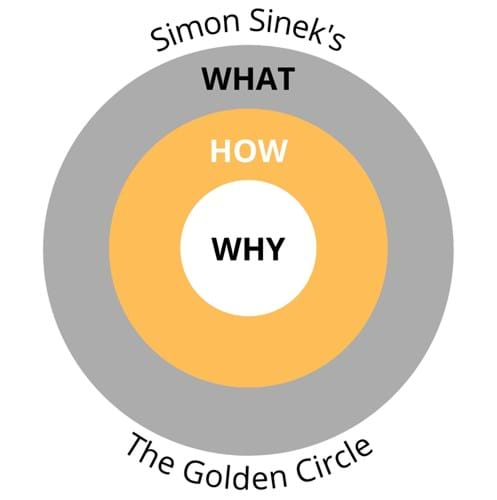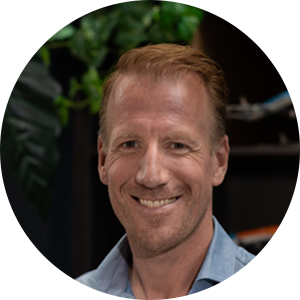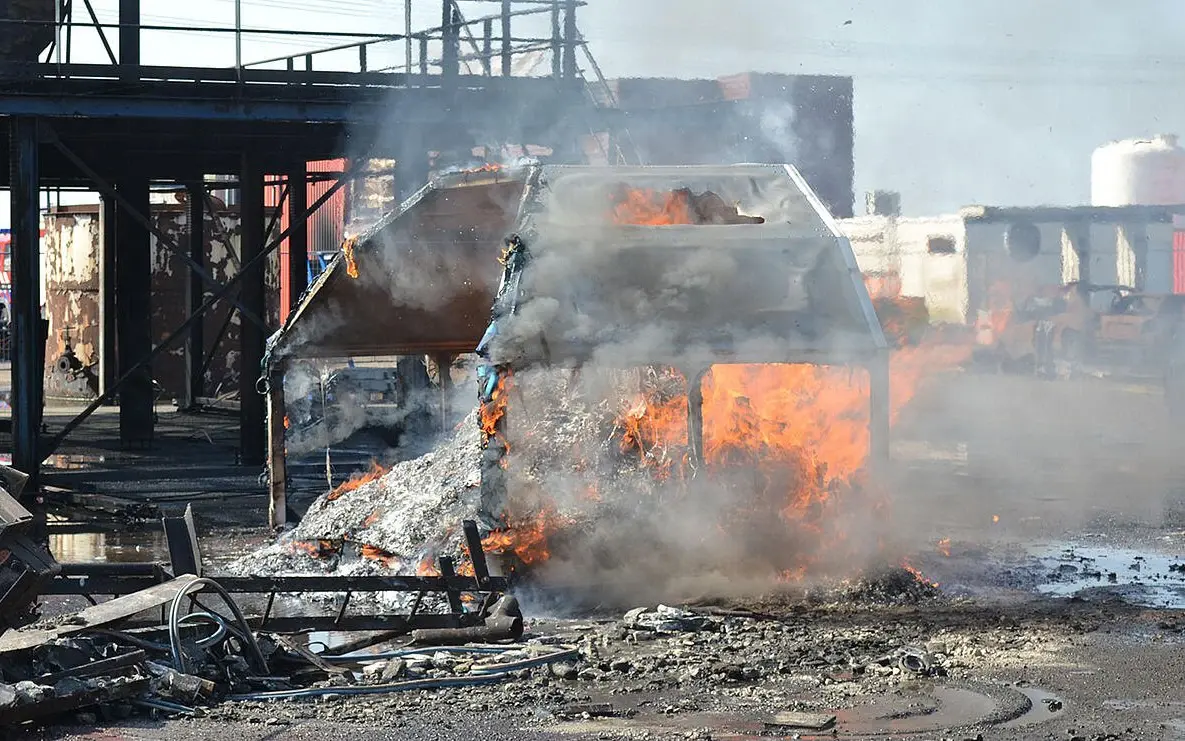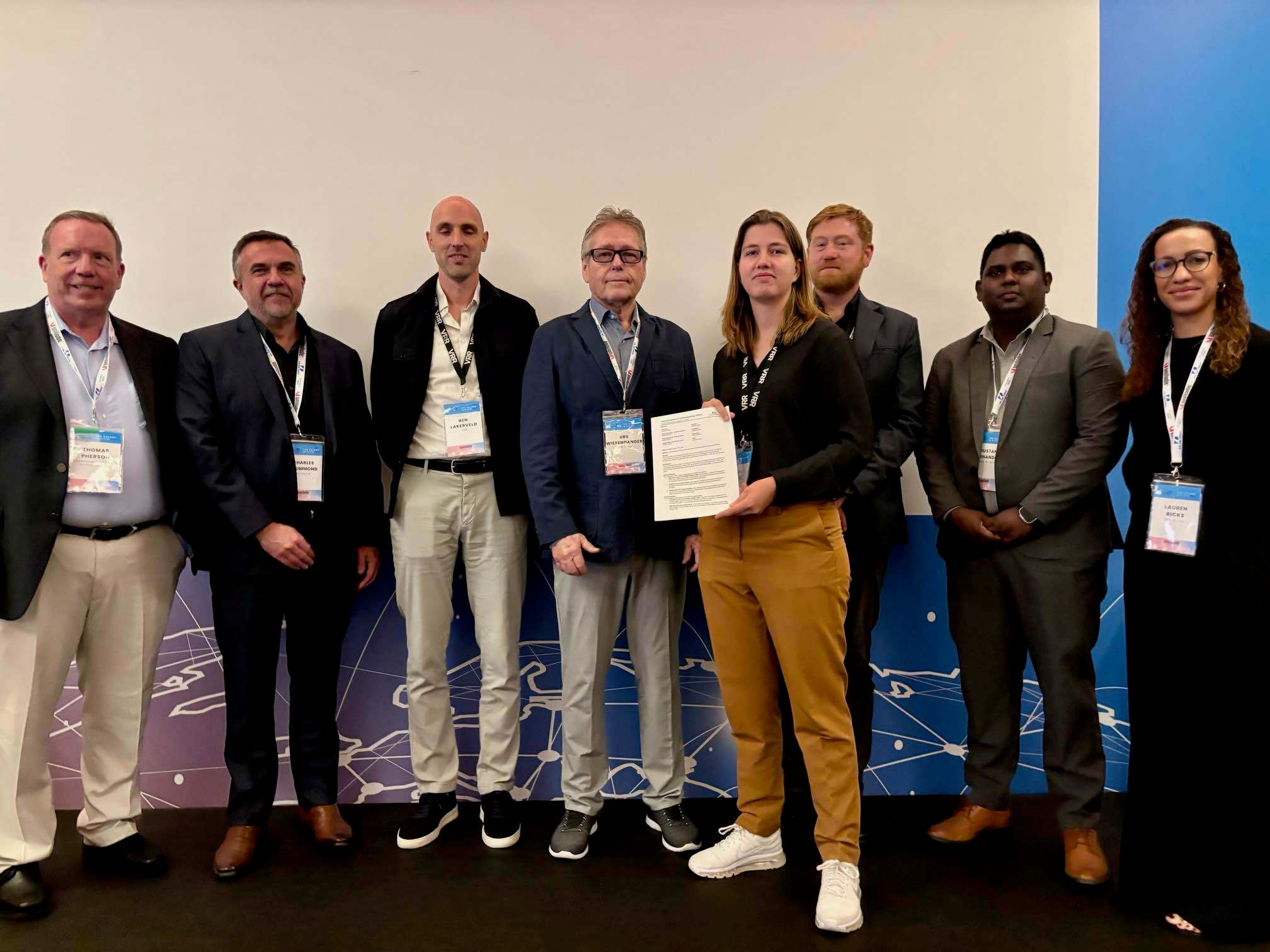VRR reveals the methodology the company is adopting to create a sustainable organization that customers, employees and partners in the air cargo industry can continue to rely on in years to come. This is the first of two articles.
If I asked you what products or services your company sells, you’d probably tell me without any hesitation, right? If I then asked you how your company makes what it sells, I expect you’d still have some sort of answer, but you might be a little fuzzy on the details.
But what if I asked you this: ‘Why does your company make what it sells?’
You’re most likely response is ‘How on earth should I know? I just work there.’ And you wouldn’t be alone. That’s how most of us think about our companies. We’re clear about the what (because that’s really obvious), and we might know a bit about the how (although that’s a bit harder to describe), but we struggle with the why.
Now what’s wrong with that?
After all, starting with the product is how most businesses operate. But not the really successful ones. Not the truly inspirational ones like Disney, Apple and Philips. What they do is the reverse. They start with the why before considering the how, and only then do they decide on the what.
In other words, their people know why they get out of bed in the morning.
They have a mission.
And that’s why they’re so successful.
Not because they’re great at making cartoons, phones or electric toothbrushes—although they are—but because they know what their purpose is, and they know what they believe in. And that is what helps them to continually transform themselves and to remain competitive in an increasingly global environment.
That mindset of focusing on the ‘why we do what we do’ and ‘creating results we really care about’ is what’s inspiring us these days at VRR. Our aim is to turn ourselves into a learning organisation over the next five years.
Being a learning organisation goes far beyond training and professional development. It’s about staying appealing to our customers and relevant to our industry. It’s about finding new ways of doing things and continually learning to adapt to a changing environment. And it all starts with understanding why we do what we do.
Of course, introducing a new culture to a company—even when you’re blessed (as we are) with a great workforce—can’t be done overnight. There’s a lot of trial and error involved. But we’re making steady progress, and so we’d like to share how we’re doing it.
"Learning organizations are where people continually expand their capacity to create the results they truly desire, where new and expansive patterns of thinking are nurtured, where collective aspiration is set free, and where people are continually learning to see the whole together."
Peter Senge, The Fifth Discipline: The Art and Practice of the Learning Organization
Understanding the Golden Circle
If you’re familiar with leadership guru Simon Sinek, you probably recognised his model for inspirational leadership weaved into the questions I asked above. He calls it the Golden Circle, and it looks like this:

The WHAT represents the products or services a company sells. The HOW explains what the company does and why their products or services are better than the competition. The WHY is about what a company believes in, not about making a profit.
Simon Sinek argues that customers do not buy products because of what companies do but because of why they do it. They think these companies are better than the competition because they provide an answer to the question WHY.
Why we do what we do
So, what does VRR believe in? Well, our purpose is to inspire our colleagues, partners and customers to co-create the safest and most efficient air cargo innovations.
Inspire and co-create.
These two words are at the heart of everything that we do at VRR. We believe sincerely that inspiration and co-creation are the best ways to not only serve our customers and the wider aerospace industry but also to make our own organisation sustainable in the long-term.
And this belief is upheld by our core values:
- We are collaborative
We encourage the cross-pollination of expertise, inside and outside the company, because we believe we cannot create the perfect air cargo container without collaboration. - We are progressive
We love to experiment and to challenge ourselves. Because we want to make unique products that inspire others to respond to and overcome real-world challenges. - We are ambitious
We strive to create the ultimate ULD for every challenge our customers and the air cargo industry face – whether it’s now or in the future.
This is our cause. It’s what guides us in everything that we do. But how do we accomplish this ambitious goal and how do we become a learning organisation?
How we make our products better than the competition
Outperforming the competition is no easy task for any company, especially in the 21st century. The pace of change has rapidly overtaken the pace of learning, and the result is that most of us are still solving last year’s problems without thinking about the future. And this can be dangerous to a company’s survival.
A prime example is BlackBerry. Once the darling of the corporate world, it lost its dominant market position because it had failed to see that the world was changing. Just as their device was becoming a craze, 4G wireless networks were taking the US by storm and companies were starting to let their workers bring their own smartphones into the workplace. Blackberry hadn’t noticed. By failing to adapt quickly enough to a changing environment, it allowed Android and iOS to pull way ahead.
Of course, the air cargo industry doesn’t move at the same pace as the tech sector. Even so, VRR still has to keep a close eye on trends and developments if it wants to survive and prosper. We have to keep adapting.
Having the courage to let employees fail
To adapt is to innovate, which is why nearly every CEO tells the workforce to be innovative, to take risks and be creative. Trouble is, employees aren’t totally convinced. They fear being fired if they do something wrong because that’s what has always happened in the past. Employees aren’t meant to do things differently. They’re meant to follow procedures.
As Eddie Obeng says in his inspiring TED Talk, in today’s brave new world, we should be encouraging employees to do something that no one's ever done before. Even better, we should be praising those who try to do something new but fail (what Eddie calls Smart Failure). He’s not saying there’s no place for sensible and rational decisions, but he is saying we should allow our people to take the time to think, "Hmm, I wonder if this also makes sense in the 21st century?"
What all this boils down to is getting employees to understand that they’re doing a task not because their manager asked them to but because it adds value to the customer. But how do we make everyone in the organization feel that they are essential to the entire value chain?
Encouraging a steady flow of ideas through experimentation
What we’re doing at VRR is giving everyone the autonomy to make their own decisions within the scope of their job. We’re giving employees permission to look for alternative ways, to experiment, to make changes.
And we don’t punish them if things don’t work out quite the way they had envisioned. By letting them use their craftmanship to make things better for the customer, we’ve noticed that their enthusiasm is rekindled. In other words, because they now have purpose that goes beyond their job description, our employees dare to innovate.
And VRR gets a steady flow of new ideas.
“We imagine a world in which the vast majority of people wake up every day inspired, feel safe wherever they are and end the day fulfilled by the work they do.”
Simon Sinek, author of Start With Why and The Infinite Game
Of course, improvements should always be focused on a common goal. What’s more, standard processes and best practices should already be in place for innovation to flourish. Employees can’t look for new ways to do things if they don’t have the basic skills and processes in place. They also need to have an open mind and be given time to innovate and learn.
This sounds great in theory. However, putting it into practice isn’t so simple. In our next article on becoming a Learning Organisation, we reveal the tools that we’re using at VRR to make our products better than the competition (the HOW), and the results they will deliver (the WHAT).

.png)



